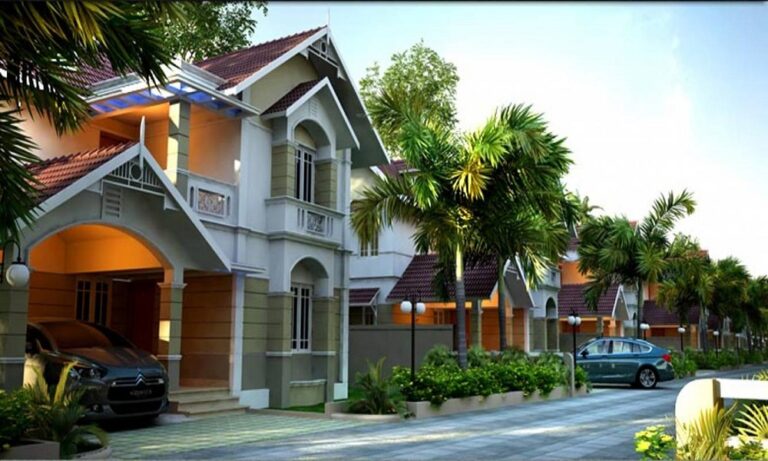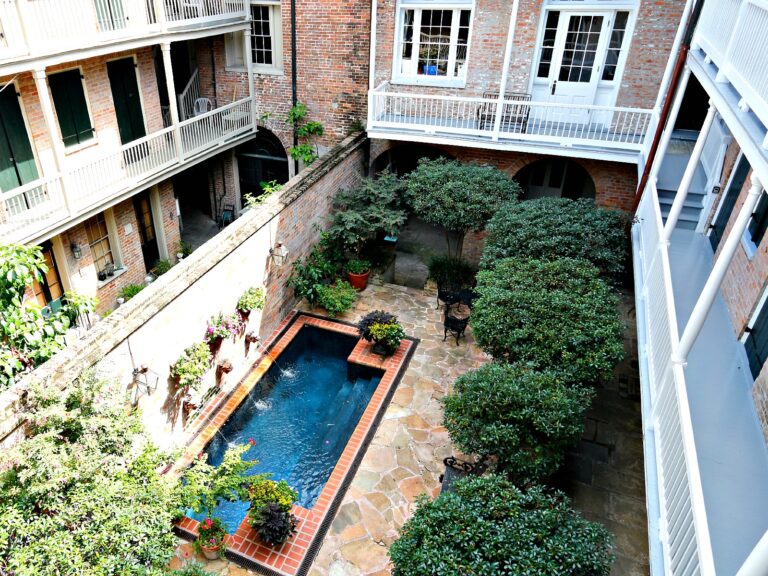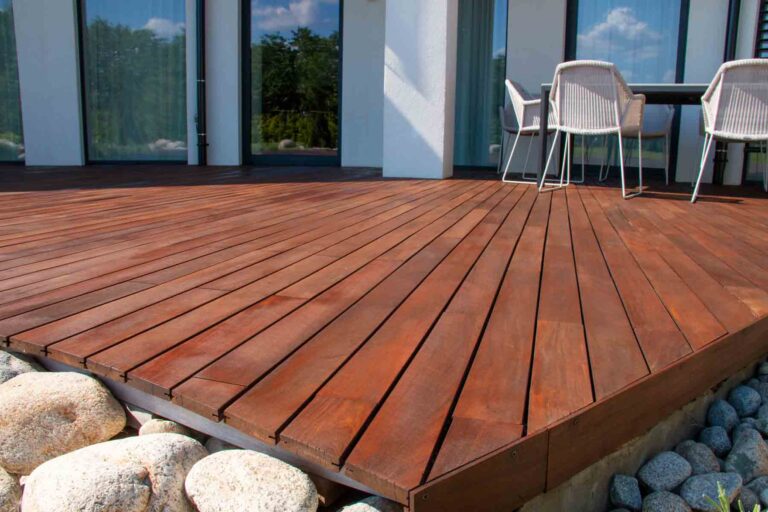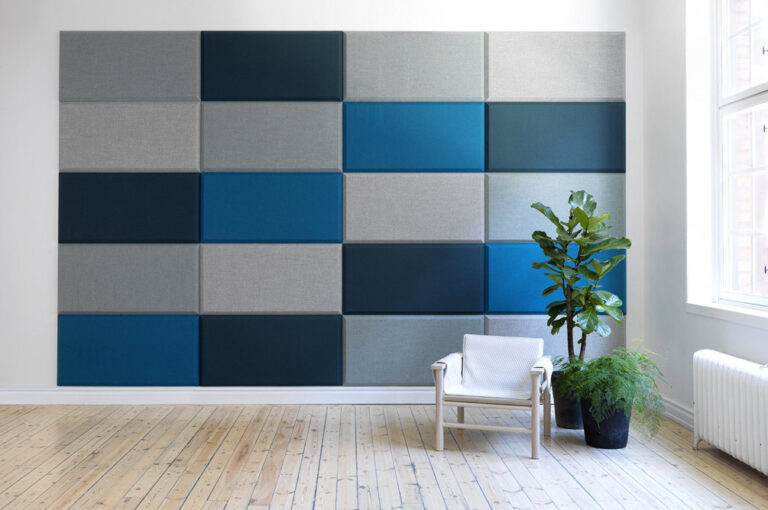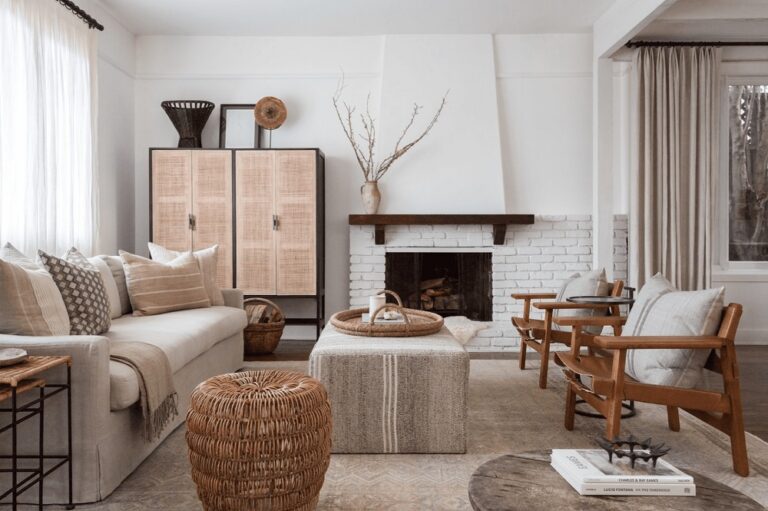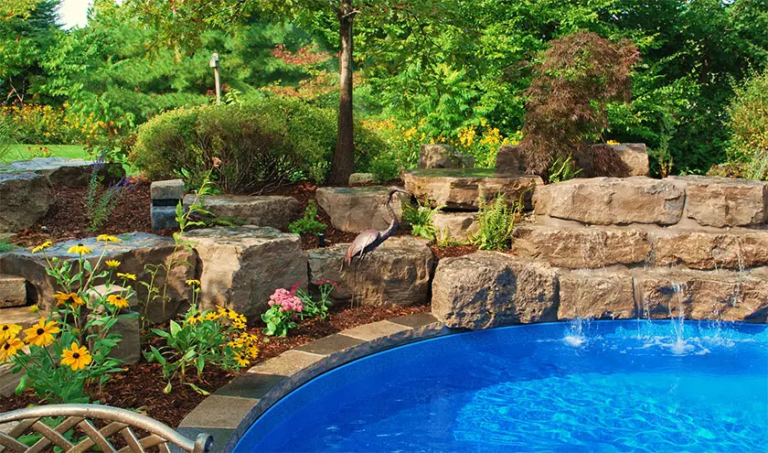Selecting the right wallpaper can significantly impact the overall look and feel of your home. With so many options available, it can be challenging to determine which design will best suit your space whether for commercial or residentials. Here are some expert tips to help you to make informed decisions in choosing the perfect wallpaper for your London home.
- Consider the Room’s Function
Before selecting a wallpaper, it’s essential to consider the function of the room. Different rooms have different needs: a bedroom may benefit from soothing, relaxing colours and textures, while a living room or dining area might be better suited for bold patterns and vibrant hues. For a room with high traffic or potential wear and tear, opt for durable wallpapers that can withstand daily use. Consulting with an interior decorating company in London can provide insights into which wallpapers work best for specific rooms and their functions. - Match the wallpaper to Your Style
Your choice of wallpaper should reflect your personal style and complement the existing decor of your home or office space.. Whether you prefer contemporary designs, classic patterns, or something in between, there is a wallpaper style that can enhance your aesthetic of space. Take time to explore various styles and patterns to ensure the wallpaper aligns with your vision. Working with a professional interior decorating company in London can help you find a design that harmonises with your overall décor scheme. - Think About Colour and Light
Colour plays a crucial role in how a room feels and looks like. It is worth mentioning that lighter colours can make a space appear larger and more open, while darker shades can create a cosy and intimate atmosphere. Consider how natural and artificial light will interact with the wallpaper. For instance, metallic or reflective wallpapers can add brightness to a room by reflecting light, while darker colours can absorb light and create a more subdued ambiance. Premium decorating services often include expert advice on colour and light, helping you choose a wallpaper that enhances your space. - Evaluate texture and patterns
Texture and patterns can add depth and interest to your walls. Textured wallpapers, such as those with embossed or fabric-like finishes, can create a tactile experience and add dimension to a room. Patterns can range from subtle and understated to bold and dramatic, depending on your preferences what do you want to achieve. When selecting patterns, consider the size of the room and how the design will scale with the space. Professional decorators can provide guidance on which textures and patterns will best suit your room’s dimensions and overall design. - Opt for Quality and Durability
Investing in high-quality wallpaper is crucial for ensuring longevity and maintaining a fresh appearance over time. Premium wallpapers are made from durable materials that are resistant to wear and tear, making them a better choice for high-traffic areas. They are also easier to clean and maintain. Professionals from a reputable source can ensure you receive a product that meets high standards of quality and durability. - Test Samples Before Committing
Before making a final decision, always ask for sample wallpaper you are considering. This allows you to see how the wallpaper looks in your home’s lighting and alongside other elements in the room. Testing samples can help you avoid potential issues and ensure that the wallpaper complements your existing décor as expected.
Conclusion
Choosing the perfect wallpaper for your London home requires careful consideration of various factors, including room function, style, colour, and quality. For those seeking expert guidance and high-quality results, SW DECORATING LTD offers exceptional decorating and wallpapering services to help you to choose what you’ve desired for and your vision for life. Their expertise ensures that you select the ideal wallpaper that enhances your space and meets your design needs. For consultation, you can visit the retail outlet that is located on 58 Westminster Rd, Sutton sm1 3nl and also make a call at 09711544.

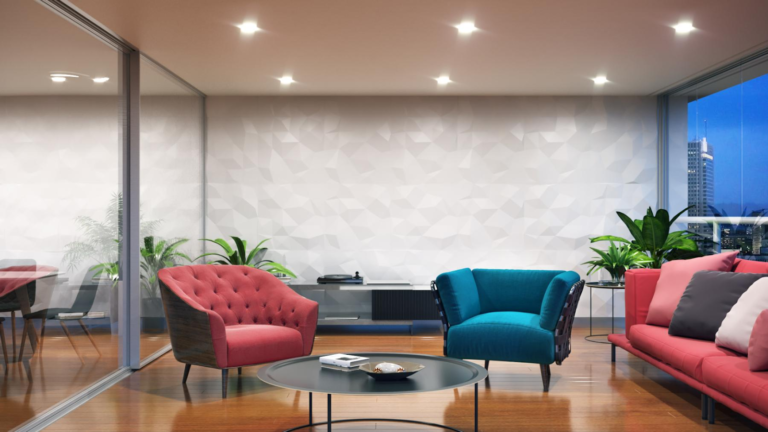


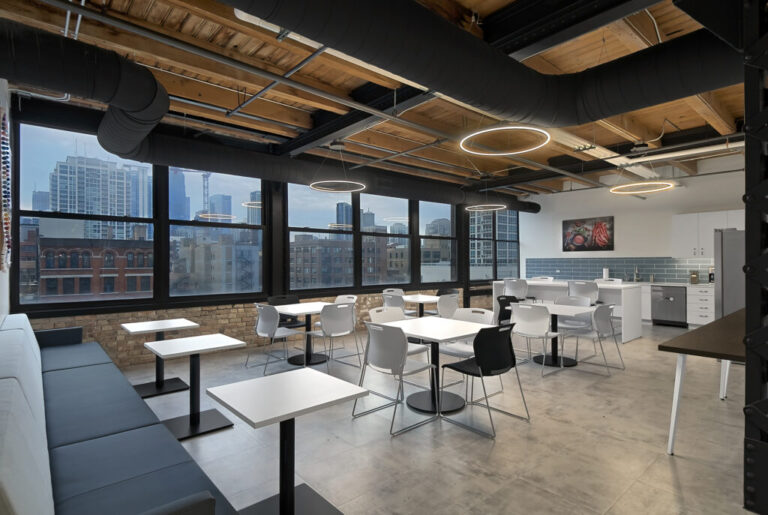

 The luxury real estate market offers a realm of possibilities for those seeking the pinnacle of living
The luxury real estate market offers a realm of possibilities for those seeking the pinnacle of living